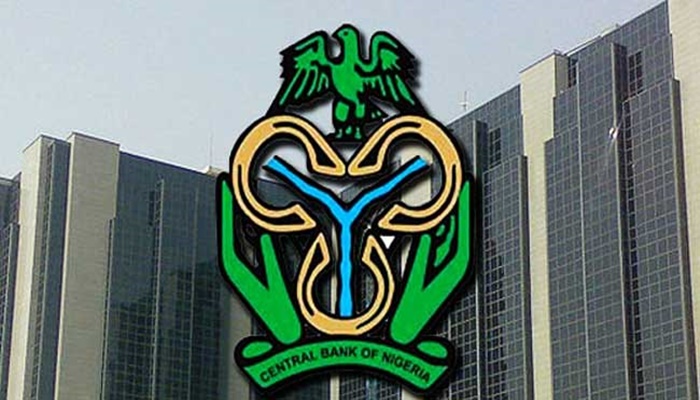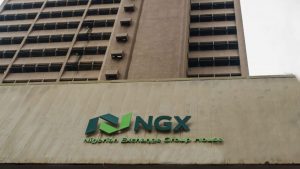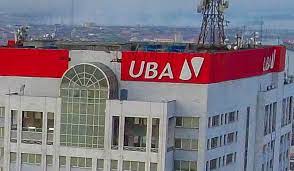
The outcome of the first Open Market Operations (OMO) bills auction for 2024 reveals an oversubscription of N157 billion for the 363-day bills.
While the 97-day and the 181-day bills recorded an undersubscription of N53 billion and N39.8 billion respectively.
Despite N300 billion in OMO bills being made available, total subscriptions surged to N414.2 billion, leading to overall sales amounting to N357.2 billion.
For the 97-day OMO bills, an offering of N75 billion garnered a subscription of N22 billion. Bids fluctuated between 9% and 10.5%, resulting in a stop rate of 10.5%. The total sales for this bill amounted to N22 billion.
Similarly, an offering of N75 billion was extended for the 181-day bills, attracting a subscription of N35.2 billion. Bids ranged from 10% to 14%, culminating in a stop rate of 14%. The total sales for this bill stood at N35.2 billion.
In the case of the 363-day bills, an offering of N150 billion garnered a subscription of N357 billion. However, only N300 billion worth of the bills was sold. Bids varied between 11.98% and 17.75%, with the stop rate settling at 17.75%.
OMO bills used to be a staple in the Nigerian financial scene, such that in 2022, the CBN raised N860 billion through OMO bills.
After the December 2022 auction, the Central Bank of Nigeria suspended the sale of the bills. However, in August 2023, OMO bills returned, with the 362-day bills issued at a rate of 14.49%.
In November 2023, the 342-day bills recorded a yield rate of 17.98%.
OMO bills and Treasury bills share similarities in offering attractive returns and serving as short-term loans. However, a key difference lies in their ownership.
OMO bills are both issued and owed by the Central Bank of Nigeria (CBN), while Treasury bills are owed by the Federal Government but issued by the CBN on behalf of the government.






